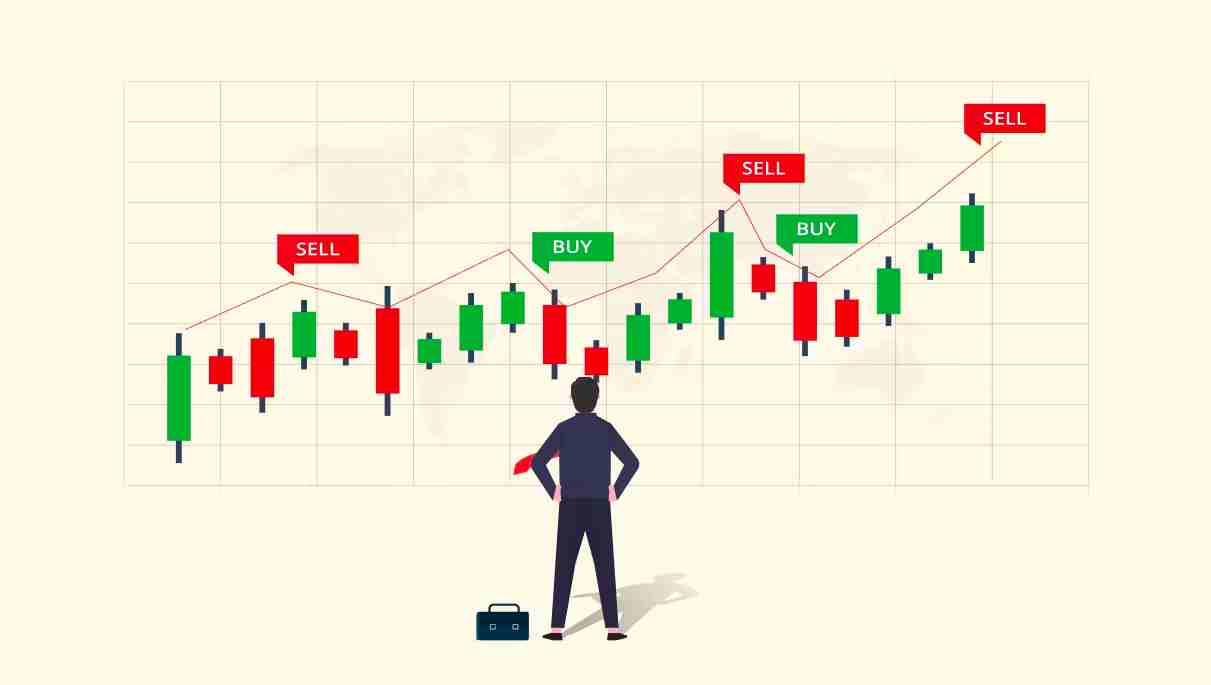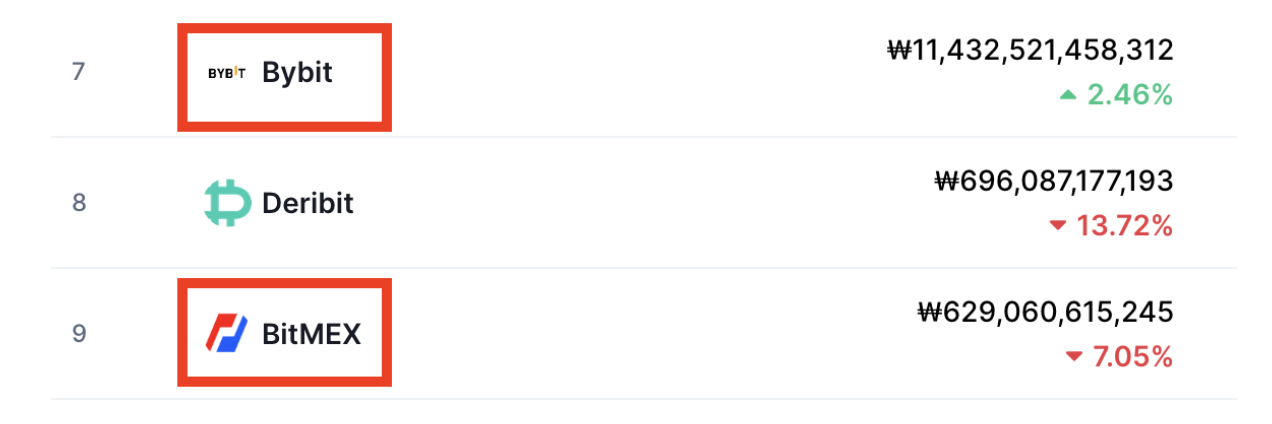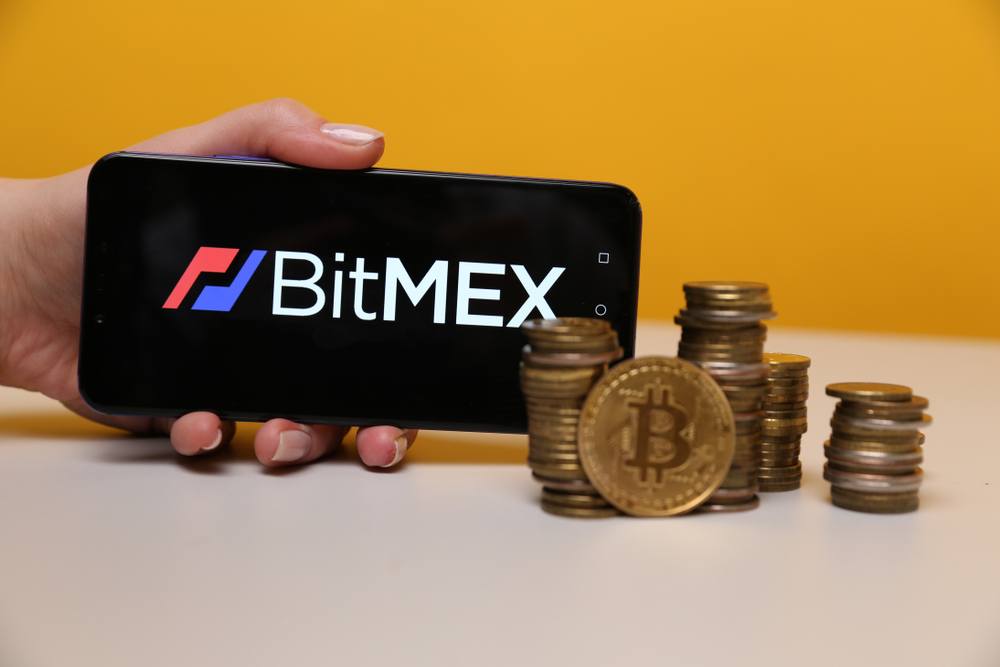In the fierce world of digital currency, comparing margin trading fees on different crypto exchanges is like finding a diamond in the rough. You want to stretch ever dollar. Low fees mean more profits, right? But it’s a jungle out there, and not all exchanges play fair. Some offer tempting rates upfront, only to zap you with hidden costs later. So, I’ve dissected their fee structures for you. In this guide, I’ll lead you through the maze of fees, from the bare bones types to the sneaky charges you never see coming. Let’s dive in, cut costs, and keep your wallet smiling.
Understanding Margin Trading Fee Structures
Dissecting Fee Types Across Platforms
When you trade with margin, you’re borrowing money to invest. Think of it like putting a down payment on a house. But before you dive in, you need to get the fee part straight.
Every platform’s got its own set of fees. They can hit you when you open a trade, keep it overnight, or close it. Take Binance margin fees. They depend on what and how much you trade. They also throw in VIP levels that can lower fees if you trade a lot.
Then there’s Kraken. It’s got leverage charges that change based on how much you borrow. But wait, if you hold your position over to the next day, they’ll charge you again. That’s the rollover cost.
Coinbase Pro does it a bit differently, focusing on trading costs. They use a maker-taker model. If you make a market, your fees are less. But if you just take the current price, you pay more.
Assessing the Impact of Leverage on Fees
Leverage is like a booster. It can jack up your buying power a ton. More leverage means more potential profit. But it’s a double-edged sword that can also spike your losses and fees.
Here’s why leverage matters for fees. The higher the leverage, the more interest rates on borrowed funds matter. High leverage could mean higher interest. That piles on every day as you keep your trade open.
Consider BitMEX funding fees. They can flip-flop. Sometimes, you might pay them. Other times, they might pay you. It all depends on how the platform’s funding rate moves against the market.
As for Bybit, they’ve got their own twist on fees. Their transaction costs don’t just come from trades. They also look at overnight rates. So when you hold past the daily close, you foot the bill for borrowing cash.
It’s like having a library book past due. The longer you keep it, the more you owe. But in trading, we talk billions, not books.
Now, let’s chat about those sneaky hidden fees in crypto margin trading. Always keep an eye out for these. You might miss them in the fine print. They can pack a punch if you’re not careful.
And don’t forget this – while fees can eat into your profits, it’s also about finding balance. Sure, lower fees are awesome. But you want a mix of low costs with solid service, tools, and security. It’s about what’s worth it for you and your cash.
So, before you take the leap, do your homework. Look at fee structure analysis, get your margin fee comparison down, and understand the trade-offs you’re making. Because when you’re dealing with margin, every cent counts.
In-Depth Exchange Fee Analysis
Binance vs. Kraken: A Comparative Study
When trading on margin, each penny counts. So let’s get straight into Binance and Kraken. Binance has a rep for low fees. Yet, you must watch for changes. These depend on your VIP level. The more you trade, the less you pay. Simple, right? Fees here start low. They get tinier with more trades and BNB use. Look out for Binance margin fees, they add up during trades.
Kraken says, “Hey, we have stable fees!” But check their fee structure. You’ll spot that unleveraged deals cost less. Leveraging your trades spikes your fee. That’s how they make bank. Kraken leverage charges, stay alert to them. Trade a lot? Fees shrink but keep tabs. Costs change with volume.
Both platforms are big on security. No skimping there. But trade smart. Fees can bite.
Funding Rates and Hidden Charges: BitMEX and Bybit Spotlight
Now, pull up a chair for BitMEX and Bybit. BitMEX funding fees and Bybit transaction costs, a head-to-head you need. Funding rates swing on BitMEX. They keep the market in line with the spot price. So, they may help or sting you. Depends on the day. Bybit plays similar tunes. Their funding rate can shift. It’s part of the game.
Seek out hidden fees in crypto margin trading. It’s a must. Dig deep. Look for overnight financing rates. They pile on while you sleep. They could eat your gains for breakfast. And beware! High leverage can lead to quick liquidation. Your trades need a careful eye on BitMEX and Bybit.
These fees are there for a reason. They keep exchanges running. And they make sure only serious traders play the game. But if you’re clever, you can keep costs low. Just know the game. Understand the fee structure analysis of each crypto battlefield you step into. That’s your edge.
Both BitMEX and Bybit have appeal. BitMEX is a veteran. Bybit’s catching up quick. Think about your style before choosing. Remember, fees are part of your profit puzzle. BitMEX or Bybit? Your call.
Smart traders ask questions. They understand margin fee comparison inside out. They know cryptocurrency exchange rates like the back of their hand. You should, too. It’s your move now. Pick the field that suits your battle style. Keep an eye on the fees. They’re the silent factor in your victory or defeat.
The Costs of Borrowing: Interest and Liquidation Policies
Evaluating Overnight Financing Rates
When you trade on margin, you borrow money. This isn’t free. Exchanges charge interest each day you borrow. This is the overnight rate. It can add up fast. So, check them before you trade. You want an exchange that won’t bleed your wallet dry while you sleep.
Some overnight rates seem small but remember, they apply every day. For example, Binance margin fees might look low at first glance. But if you hold a leveraged position for many days, it quickly becomes costly. The same goes for Kraken leverage charges and others. It’s like a tap slowly dripping – it doesn’t seem like much until you get the water bill.
Liquidation Triggers and Margin Requirements: Mitigating Risks
Now, onto liquidation. It’s when the exchange closes your trade because you can’t cover losses. Each exchange has rules for this. They use initial and maintenance margins to measure risk. Initial margin is what you start with. Maintenance margin is what you must keep. If you fall below it, you’re in trouble.
Cross margin and isolated margin are two methods used. Cross margin uses all your balance to keep a position open. Isolated margin only uses a part of it. Cross margin can be riskier. If one trade goes bad, it could hurt all your trades.
Knowing liquidation policies is key. If the market turns against you, you should know what triggers a margin call. When a margin call happens, you must act fast to add more money or close the trade to avoid further losses. As you manage trades, think of risk. Losing more than you expect is bad news.
Some platforms like Bybit and BitMEX have insurance funds. They help prevent traders from losing everything. But don’t rely on that. Manage your risk well so you won’t need it.
In short, traders should understand interest rates, overnight financing, and the risks of liquidation when choosing a platform for margin trading. It’s not just about catching the big price moves – it’s about smart moves that keep your funds secure while growing them. Every penny paid in interest or lost in liquidation is a penny that is not earning profits. Shop around, compare, and trade smart.
Strategies for Minimizing Trading Costs
Utilizing Discounts and Considering Collateral Options
Let’s cut down those pesky margin trading costs. Did you know many exchanges offer discounts based on how much you trade? Yes, they do! This is where trading volume discounts come into play. The more you trade, the less you pay per trade. It’s a win-win. Always look at how much you’re trading and see if the discounts apply to you.
Next up, collateral. It’s what you use to back up your trade. Different exchanges accept different types of collateral. Some even give you a break on fees if you use their own token. This can save you cash, so it’s worth checking what each exchange accepts. Remember, it’s more than just Bitcoin out there!
Maker-Taker Fees and API Costs: Advanced Cost-Saving Measures
Now let’s talk about maker-taker fees. Are you making the market or taking from it? Makers add orders to the market, takers fulfill them. Most times, makers get lower fees because they add liquidity. Keep an eye on this model to reduce what you pay.
APIs, or application programming interfaces, let you set up automated trading strategies. Great, right? But, some exchanges charge you for using their APIs. Make sure to consider API fees when picking an exchange for automated trades.
Understanding these strategies can noticeably reduce your margin trading fees. So dive in, apply these tips, and watch your costs shrink.
We’ve dug deep into margin trading fees and how they work. We looked at different fee types and how leverage affects what you pay. We compared heavy hitters like Binance and Kraken, and shone a light on BitMEX and Bybit’s extra charges. We tackled the sticky bits of interest and liquidation policies, learning how overnight rates and margin calls impact our wallets. And to wrap it up, I’ve shared smart ways to cut costs, from grabbing discounts to understanding maker-taker fees.
Bottom line? Margin trading has its costs, but with the right know-how, you can keep more money in your pocket. Stay sharp, trade smart, and keep an eye on those fees!
Q&A :
What factors should be considered when comparing margin trading fees across crypto exchanges?
When comparing margin trading fees across different cryptocurrency exchanges, it’s crucial to consider not only the basic fee structure but also the interest rates on borrowed funds, the range of leverage offered, the length of the trading positions, and any additional costs associated with margin calls or forced liquidations. It’s also important to assess the tiered fee structures that may vary based on the user’s trading volume or account level.
How can trading volume affect margin fees on crypto exchanges?
Some crypto exchanges implement a tiered fee structure where the margin trading fees decrease as the user’s trading volume increases. High-volume traders can benefit from lower fees as a reward for their loyalty and frequent trading. It’s essential to understand how these fee discounts work and to calculate potential savings when comparing fees across multiple exchanges.
Are there hidden fees in margin trading on crypto platforms?
Hidden fees in margin trading on crypto platforms can include costs that are not immediately apparent such as withdrawal fees, overnight funding charges, inactivity fees, and insurance fund contributions. Traders must read the fine print and understand all associated fees before opening a margin account to avoid unexpected expenses.
Why do margin trading fees vary among different crypto exchanges?
Margin trading fees vary among different crypto exchanges due to a variety of factors including the exchanges’ business models, their targeted user base, market competition, the overall trading volume on the platform, and the cost of providing the service. Each platform sets fees according to what they believe will attract users while still making a profit.
Which crypto exchanges offer the lowest fees for margin trading?
To discover the crypto exchanges with the lowest fees for margin trading, traders must conduct ongoing research since fee structures can change over time. Popular exchanges such as Binance, Bitfinex, and Kraken are known for competitive rates, but it’s recommended to look at a comprehensive fee comparison that includes all potential costs involved in margin trading. Additionally, promotional periods or special conditions might apply, which can further reduce fees for a limited time.


